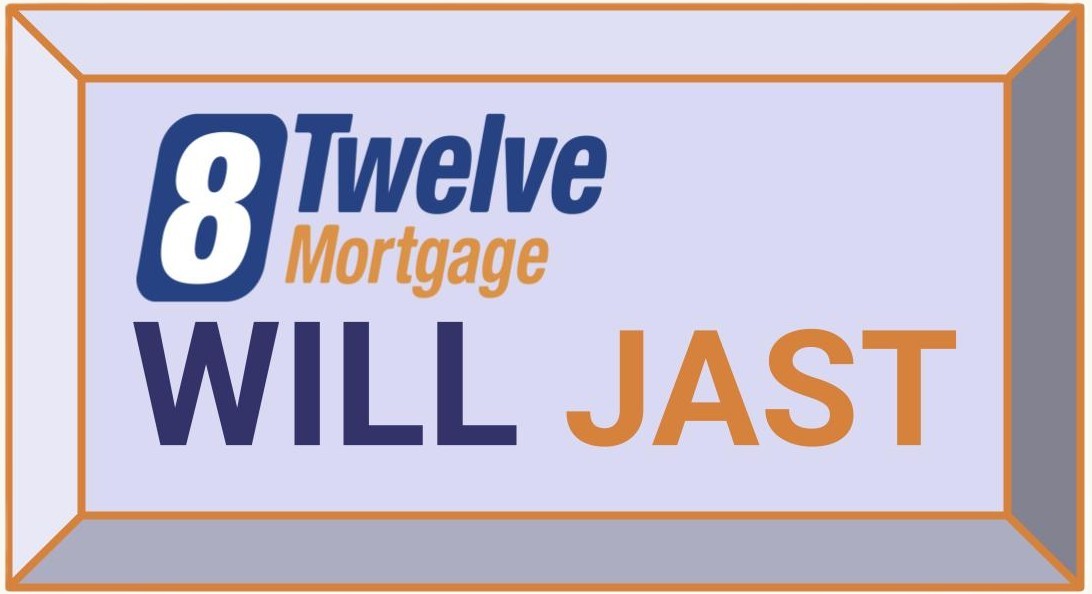Essential Mortgage Terms Explained
Empowering Homebuyers with Essential Mortgage Knowledge

Whether you’re a first-time homebuyer, looking to refinance, or simply want to deepen your understanding of the mortgage process, this comprehensive resource is here to help.
I’ve compiled and defined the most essential mortgage-related terms to demystify the jargon and empower you to make informed financial decisions.
Explore our easy-to-understand definitions, and take the guesswork out of navigating the world of home financing.
Glossary of Mortgage Terms
Your Comprehensive Guide to Navigating the Canadian Mortgage Landscape
Below is an alphabetical list of mortgage terms. Click on any term to view its definition, or simply use the search bar to find specific terms quickly.
➕ TDS (Total Debt Service Ratio)
The percentage of a borrower’s gross income required to cover housing costs and all other debts, such as car payments and credit card debts.
➕ Accelerated Bi-Weekly Payments
A payment option where you make bi-weekly payments that are slightly higher than half of a monthly payment. This results in an extra full payment each year, reducing the amortization period and saving on interest costs.
➕ Accelerated Weekly Payments
Similar to accelerated bi-weekly payments, but payments are made weekly. This method also leads to an extra full payment each year, further reducing the amortization period.
➕ Amortization Period
The total length of time it takes to pay off your mortgage in full. In Canada, this period typically ranges up to 25 years for insured mortgages and up to 30 years for uninsured mortgages.
➕ Appraisal
An assessment of a property’s market value conducted by a certified professional. Lenders often require an appraisal to ensure the property’s value adequately covers the mortgage amount.
➕ Blended Payments
Regular mortgage payments that include both principal and interest components, remaining consistent throughout the term.
➕ Bridge Financing
A short-term loan that allows you to purchase a new property before selling your existing one, bridging the gap between the two transactions.
➕ Canada Mortgage and Housing Corporation (CMHC) Insurance
Mortgage default insurance required for buyers making a down payment of less than 20% of the property’s purchase price. It protects the lender in case of borrower default.
➕ Closed Mortgage
A mortgage agreement that doesn’t allow for prepayment of the mortgage amount before the end of the term without incurring penalties.
➕ Closing Costs
Expenses over and above the property’s price that buyers need to pay to complete a real estate transaction, such as legal fees, land transfer taxes, and inspection fees.
➕ Collateral Mortgage
A type of mortgage that is re-advanceable and can secure multiple loans or lines of credit under one registered mortgage.
➕ Conventional Mortgage
A mortgage loan up to a maximum of 80% of the property’s appraised value or purchase price, whichever is less. A down payment of at least 20% is required.
➕ Credit Score
A numerical expression based on a statistical analysis of a person’s credit files, representing their creditworthiness to lenders.
➕ Debt Service Ratios
Ratios used by lenders to determine a borrower’s ability to make mortgage payments. Includes Gross Debt Service (GDS) and Total Debt Service (TDS) ratios.
➕ Down Payment
The initial upfront portion of the total purchase price that a buyer pays to purchase a home, typically expressed as a percentage of the total price.
➕ Equity Take-Out
Refinancing a mortgage for an amount greater than the existing mortgage balance to access the property’s equity in cash.
➕ Fixed-Rate Mortgage
A mortgage with an interest rate that remains constant throughout the term, providing predictable payment amounts.
➕ Gross Debt Service Ratio (GDS)
The percentage of a borrower’s gross income required to cover housing costs, including mortgage payments, property taxes, heating, and half of condo fees.
➕ HELOC (Home Equity Line of Credit)
A line of credit secured against your home’s equity, allowing you to borrow money as needed up to a pre-approved limit.
➕ High-Ratio Mortgage
A mortgage where the borrower has a down payment of less than 20% of the purchase price, requiring mortgage default insurance.
➕ Home Equity
The difference between the property’s market value and the outstanding balance of all liens on the property. Essentially, it’s the portion of the property you truly own.
➕ Interest Adjustment Date (IAD)
The date from which the lender starts calculating the regular interest on your mortgage.
➕ Interest Rate
The percentage charged by the lender on the amount borrowed, expressed as an annual percentage of the outstanding principal.
➕ Interest-Only Mortgage
A mortgage where you pay only the interest for a set period, with the principal remaining unchanged during that time.
➕ Loan-to-Value Ratio (LTV)
The ratio of the mortgage loan amount to the appraised value or purchase price of the property, expressed as a percentage.
➕ Maturity Date
The end of the mortgage term when the balance becomes due and payable, or the mortgage can be renewed for another term.
➕ Mortgage Broker
A licensed professional who acts as an intermediary between borrowers and lenders to arrange mortgage financing.
➕ Mortgage Default Insurance
Also known as CMHC Insurance; protects the lender if a borrower defaults on a high-ratio mortgage.
➕ Mortgage Discharge
The removal of the lender’s claim on the property, typically after the mortgage is paid in full.
➕ Mortgage Principal
The amount of money borrowed for a mortgage, not including interest.
➕ Mortgage Rate Hold
A period during which a lender guarantees a specific mortgage rate, protecting the borrower from rate increases.
➕ Mortgage Term
The length of time your mortgage contract is in effect. Terms in Canada can range from six months to ten years, with five years being the most common.
➕ Open Mortgage
A mortgage that can be prepaid in part or in full at any time without penalties.
➕ Payment Frequency
How often mortgage payments are made. Options include monthly, semi-monthly, bi-weekly, accelerated bi-weekly, weekly, and accelerated weekly.
➕ Portability
A feature that allows borrowers to transfer their existing mortgage terms and rates to a new property without incurring penalties.
➕ Pre-Approval
A process where a lender commits to providing a mortgage loan up to a specified amount, subject to conditions, based on an evaluation of your financial situation.
➕ Prepayment Penalty
A fee charged by the lender if you pay more than the allowed amount toward your mortgage principal before the end of the term.
➕ Prepayment Privileges
Options that allow borrowers to make additional payments toward the mortgage principal without incurring penalties, up to specified limits.
➕ Prime Rate
The interest rate that banks charge their most creditworthy customers, which serves as a benchmark for variable-rate mortgages and other loans.
➕ Principal and Interest Payment (P&I)
The portion of your mortgage payment that goes toward paying down the principal balance and the interest charged on the loan.
➕ Purchase Plus Improvements Mortgage
A mortgage that includes additional funds for renovations or improvements to the property being purchased.
➕ Refinancing
The process of replacing an existing mortgage with a new one, often to take advantage of lower interest rates or access home equity.
➕ Renewal
The process of renegotiating your mortgage term when the current term expires.
➕ Reverse Mortgage
A financial product available to homeowners aged 55 or older, allowing them to access equity in their home without making regular mortgage payments.
➕ Second Mortgage
An additional mortgage placed on a property that already has a mortgage. Often carries a higher interest rate due to increased risk.
➕ Stress Test
A financial test required by regulators to ensure borrowers can afford mortgage payments at a qualifying rate higher than the negotiated rate.
➕ Switch/Transfer
Moving your mortgage from one lender to another without changing the mortgage amount or term.
➕ Title Insurance
Insurance that protects homeowners and lenders against losses related to the property’s title or ownership.
➕ Title Search
A review of public records to confirm the property’s legal ownership and identify any liens or encumbrances.
➕ Total Debt Service Ratio (TDS)
The percentage of a borrower’s gross income required to cover housing costs and all other debts, such as car payments and credit card debts.
➕ Underwriting
The process by which a lender assesses the risk of lending money to a borrower, based on creditworthiness and property value.
➕ Variable-Rate Mortgage
A mortgage with an interest rate that can fluctuate based on changes in the lender’s prime rate, affecting the amount of interest you pay over time.
➕ Vendor Take-Back Mortgage
A mortgage where the seller of the property provides financing to the buyer for a portion of the purchase price.
